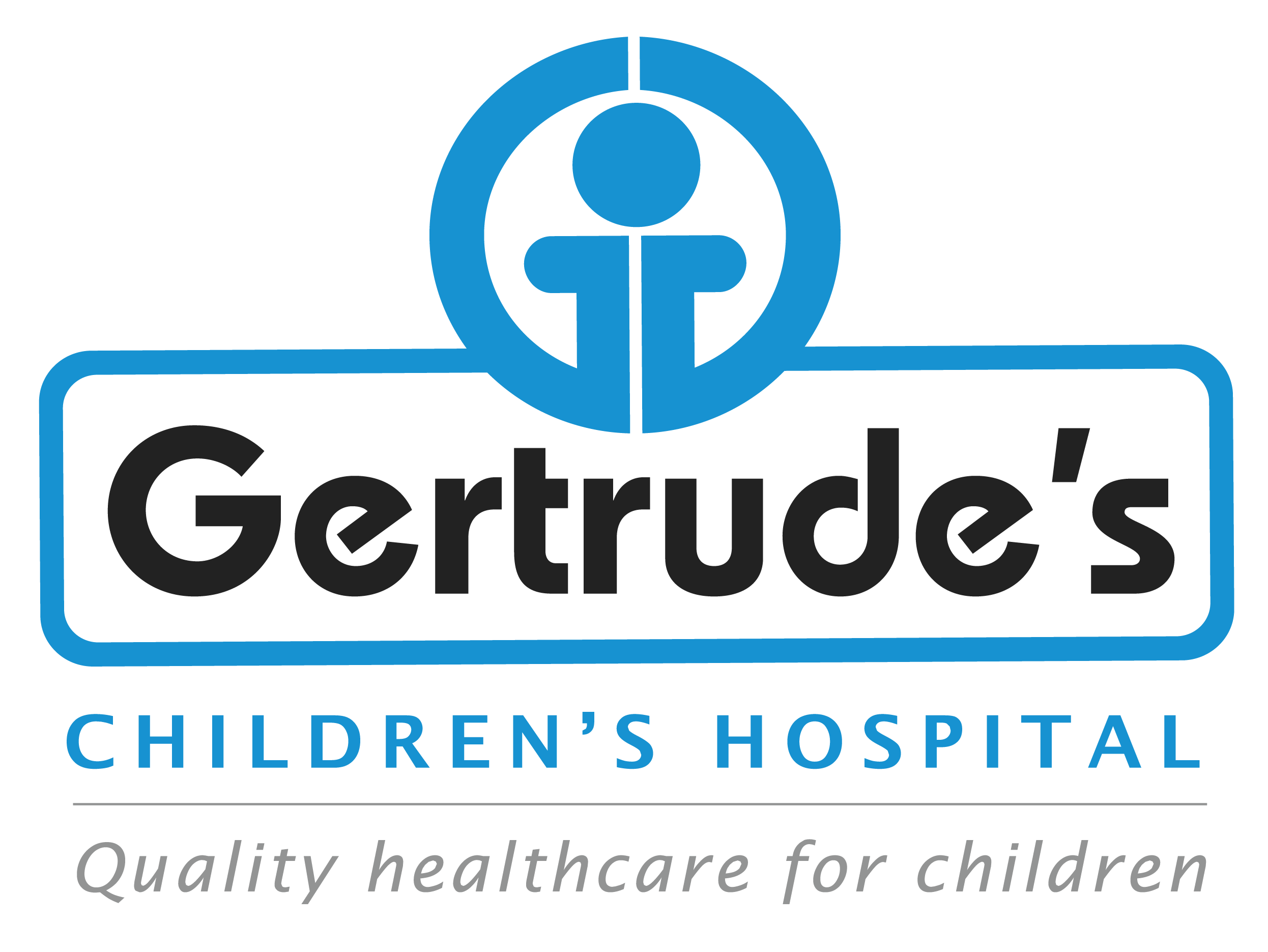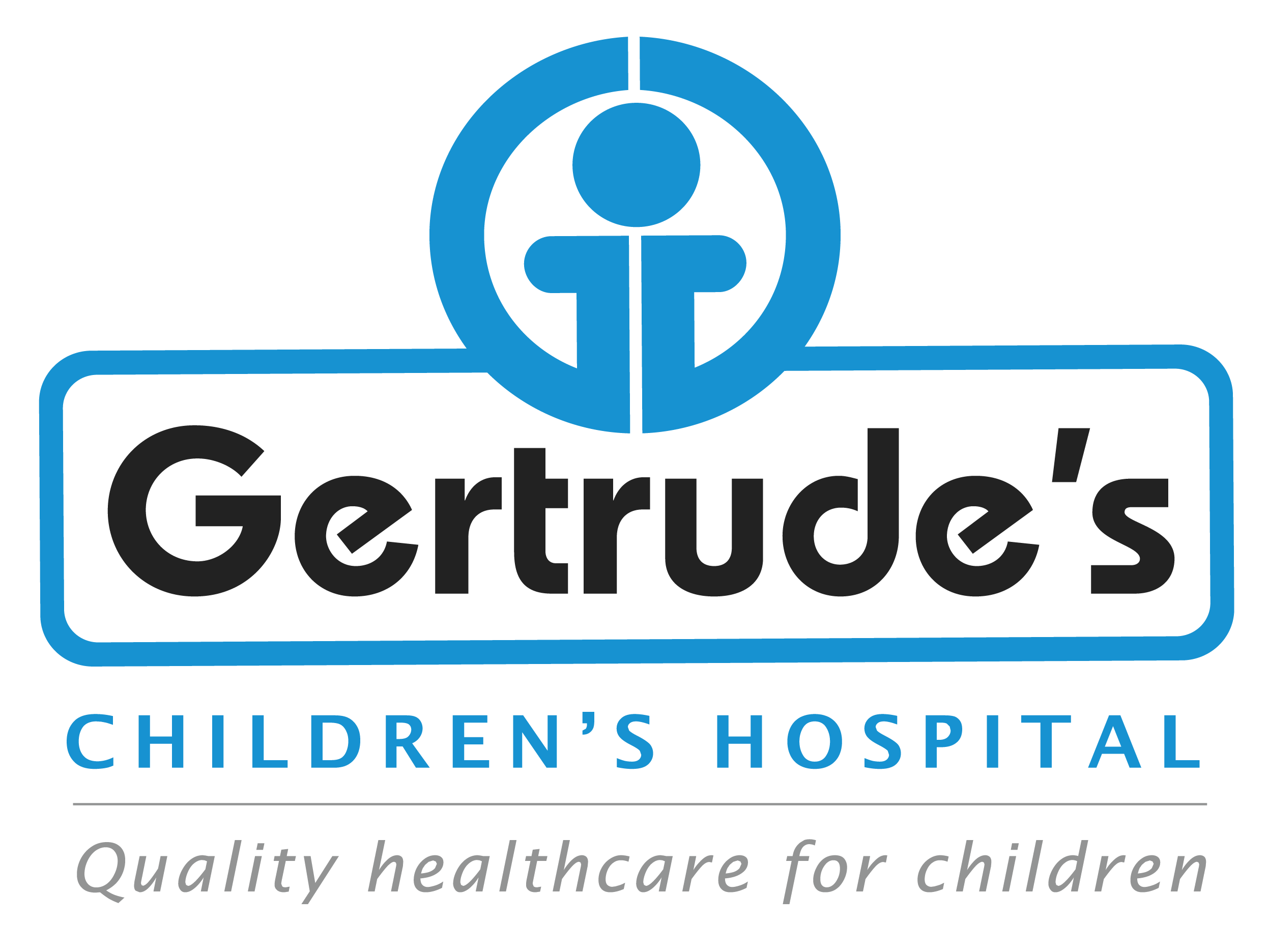A mucocele is a common, benign (non-cancerous) cyst that forms in the mouth, particularly on the lips, gums, or inside the cheeks. It occurs when a minor salivary gland becomes blocked or damaged, causing mucus to accumulate and form a swelling. Mucoceles can appear as soft, bluish lumps and are usually painless.
Symptoms
Mucoceles typically present with:
• A soft, painless lump in the mouth.
• The lump may be bluish or translucent.
• Swelling that may change size or disappear spontaneously.
• Discomfort if the mucocele rubs against teeth or oral tissues.
• A soft, painless lump in the mouth.
• The lump may be bluish or translucent.
• Swelling that may change size or disappear spontaneously.
• Discomfort if the mucocele rubs against teeth or oral tissues.
Causes
Mucoceles are often caused by:
• Trauma: Injury to the mouth, such as biting the lip or cheek.
• Blockage: Obstruction of salivary glands due to inflammation or damage.
• Trauma: Injury to the mouth, such as biting the lip or cheek.
• Blockage: Obstruction of salivary glands due to inflammation or damage.
Diagnosis
A healthcare provider usually diagnoses a mucocele through:
• Physical Examination: Inspecting the lesion’s appearance and location.
• Medical History: Discussing any recent injuries or symptoms.
• Imaging Tests: In some cases, imaging like ultrasound may be used to assess the cyst.
• Physical Examination: Inspecting the lesion’s appearance and location.
• Medical History: Discussing any recent injuries or symptoms.
• Imaging Tests: In some cases, imaging like ultrasound may be used to assess the cyst.
Treatment Options
While many mucoceles resolve on their own, treatment options include:
• Surgical Removal: The most common treatment is to surgically excise the mucocele. This ensures complete removal and reduces the chance of recurrence.
• Marsupialization: A less invasive procedure where an incision is made to allow drainage while keeping part of the cyst intact. This method promotes faster healing and minimizes complications.
• Intralesional Corticosteroids: In some cases, corticosteroid injections may be used to reduce swelling and promote healing without surgery.
• Micromarsupialization: A technique that involves creating a small opening in the mucocele to allow drainage while preserving surrounding tissues.
• Surgical Removal: The most common treatment is to surgically excise the mucocele. This ensures complete removal and reduces the chance of recurrence.
• Marsupialization: A less invasive procedure where an incision is made to allow drainage while keeping part of the cyst intact. This method promotes faster healing and minimizes complications.
• Intralesional Corticosteroids: In some cases, corticosteroid injections may be used to reduce swelling and promote healing without surgery.
• Micromarsupialization: A technique that involves creating a small opening in the mucocele to allow drainage while preserving surrounding tissues.
Frequently Asked Questions
Q: Are mucoceles contagious?
A: No, mucoceles are not contagious; they cannot be spread from person to person.
Q: How long do mucoceles last?
A: Many mucoceles resolve on their own within a few days or weeks. However, some may persist longer and require treatment.
Q: Can mucoceles come back after treatment?
A: Yes, there is a possibility of recurrence if not completely removed during surgery; regular follow-ups are important.
Contact
Please feel free to contact us with any general or medical enquiry by calling us.





